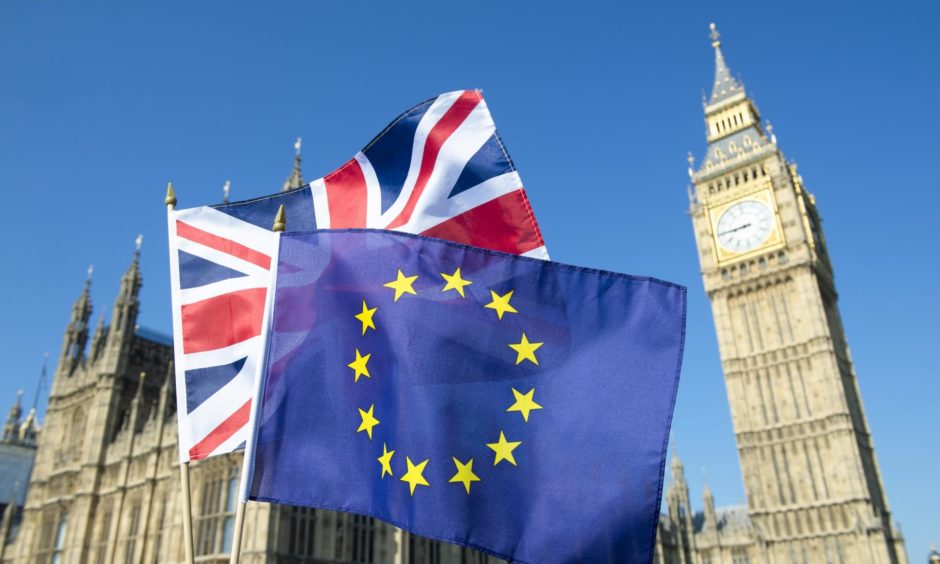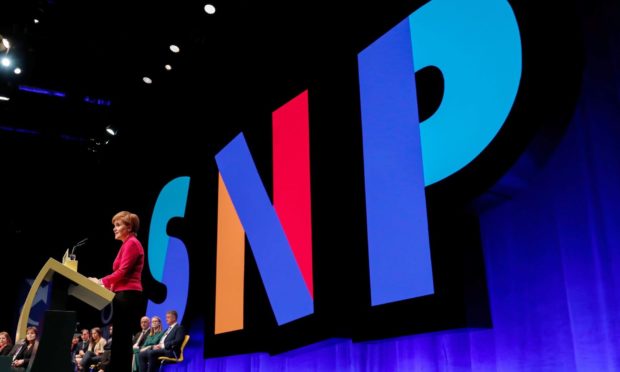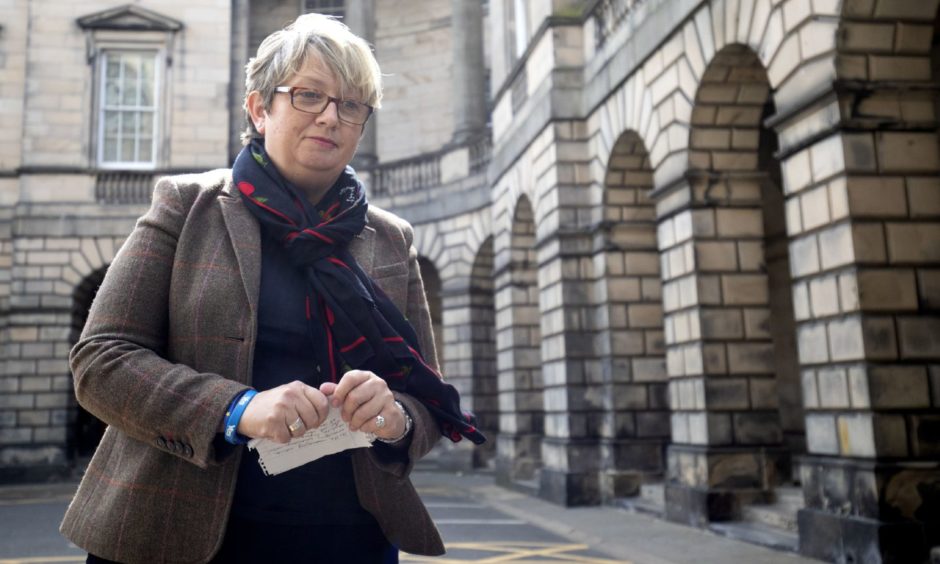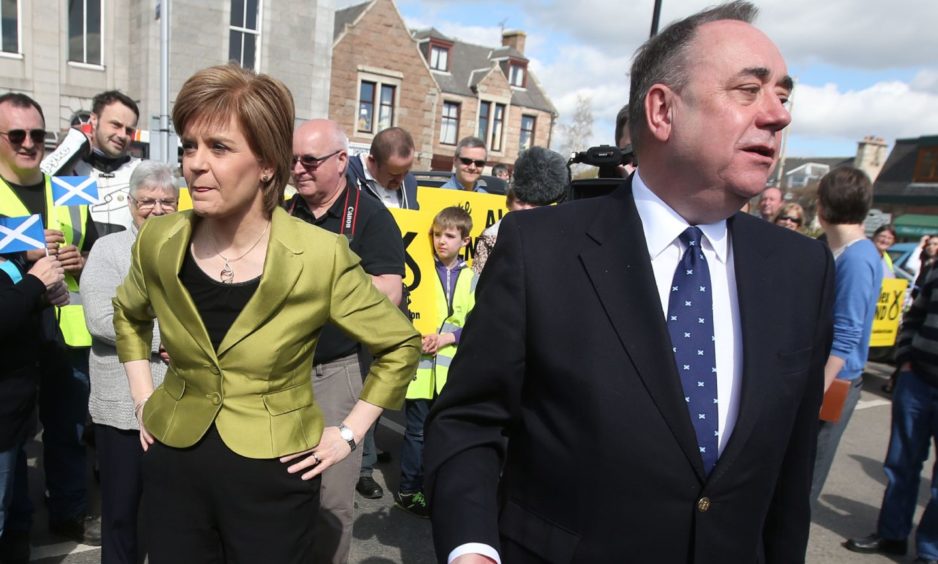Divisions between warring factions in the SNP may be fascinating to the “Holyrood village” but they are not to most voters, says an expert.
Professor Robert Johns, who co-wrote a book on the rise of the party, believes the infighting will not disrupt its prospects at the Holyrood election in May.
He was speaking after another day of drama in which Joanna Cherry, who was viewed as an ally of Alex Salmond, was sacked from the SNP’s frontbench team at Westminster.
The move followed a row over the leaking of legal advice, considered by the SNP’s national executive committee, in relation to a proposal to put BAME and disabled candidates at the top of regional lists.
Westminster bubble
Professor Johns, who co-authored Takeover: Explaining the Extraordinary Rise of the SNP, does not believe the disputes will pose a risk to the party’s dominance in Scotland.
“One of things is whether there is an equivalent to the ‘Westminster bubble’, at least in terms of the phrase,” he said.
“Because there is definitely a sense that this is part of the Holyrood village, and that some of what is going on in the SNP is fascinating for political addicts, but largely passes voters by.
“Voters are thinking about independence and the pandemic, and that is what they will be voting on.”
‘Weird dynamic’
The Essex University expert added: “Independence overwhelmingly will be the driver of the SNP’s very likely majority, and the pandemic might well top it up a bit.
“And I don’t think that will be disrupted by what is going on in the party.
“But it’s a very interesting and weird dynamic in Scottish politics ever since the independence referendum, which is that it has become very difficult to separate the SNP from the independence campaign.
“It will be the independence campaign that wins the SNP its majority, not the party per se, with small caveats about the pandemic and Sturgeon’s personal reputation as such.”
There are perceived to be several interlinked disputes within the party, linked to loyalty to either Nicola Sturgeon or Mr Salmond, tactics to achieve a second independence referendum, and the debate over trans rights.
But Prof Johns suggested that the disagreements are detached from the make-up of the membership, and unrelated to the dramatic rise in SNP support that followed the 2014 referendum.
“We’ve done a couple of big surveys of people who joined, both after the referendum, and then again in that surge in 2018, when the Brexit powers shenanigans broke out and they put on another 10,000 or 15,000 then,” he said.
“What we found was that actually the new members are pretty similar to the old members, in pretty much every way you can think of.
“In particular, they were nowhere near as radical as a lot of the suggestions had been.
“They just looked like classic party members – middle class, middle-aged, not particularly gung-ho on independence.”
What we found was that actually the new members are pretty similar to the old members, in pretty much every way you can think of.”
He added: “I think very few, if any, of the SNP’s troubles are about real problems from below, so to speak, though it’s always a bit difficult to say because there is obviously a distinction between the rank-and-file members and the activists, in between the leaders and the members.
“I think it’s more to do with a combination of inter-personal stuff, and the circumstances.”

Prof Johns said the Brexit referendum and the subsequent fall-out had been the source of some of the disputes over tactics.
“The Brexit referendum result created such a different dynamic it made it impossible, really, for the SNP to be anything other than, ‘right, now we need to…’
“It’s kind of hard to think back to a time before the Brexit referendum, but if that had been 52 to 48 for Remain, and largely gone away, we wouldn’t be in anything like this situation in Scottish politics.”


